1/4' blueboard question....
andrelaplume2
15 years ago
Related Stories

ORGANIZING4 Questions to Help You Organize Your Favorite Photos
Organize your keeper photos with a system that's just right for you, whether it's in the cloud or you can hold it in your hand
Full Story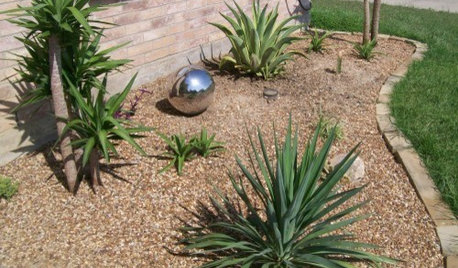
Design Dilemmas: 4 Questions for Houzzers
Share Your Advice for a Low-Water Garden, Wet Bar, Family Room and Basement Spa!
Full Story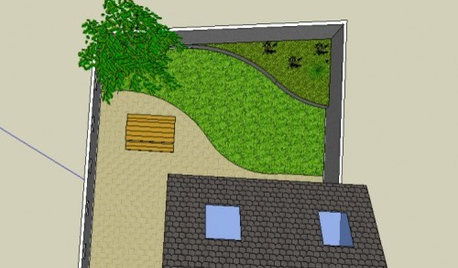
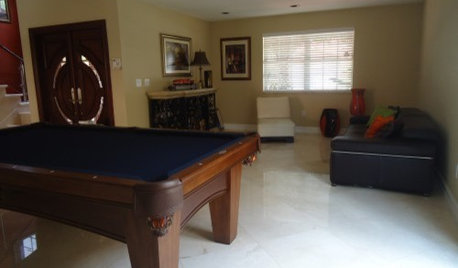
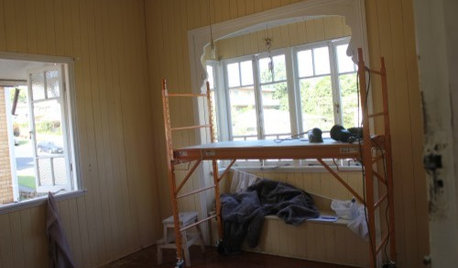
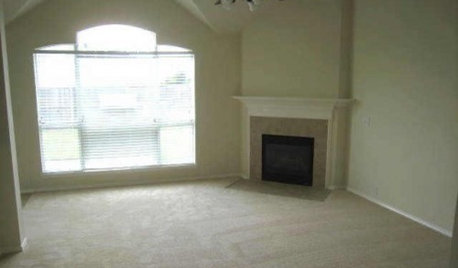
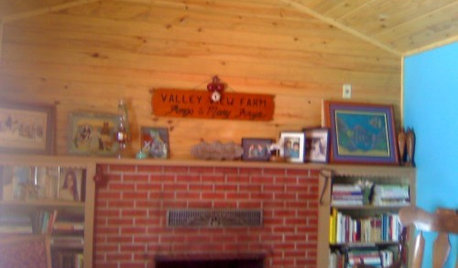
Design Dilemmas: 4 Questions for Houzzers
Brick Fireplaces, Historic Homes, and Tropical Living Room Decor, Oh My!
Full Story
KITCHEN DESIGN9 Questions to Ask When Planning a Kitchen Pantry
Avoid blunders and get the storage space and layout you need by asking these questions before you begin
Full Story
SELLING YOUR HOUSE15 Questions to Ask When Interviewing a Real Estate Agent
Here’s what you should find out before selecting an agent to sell your home
Full Story
LIGHTING5 Questions to Ask for the Best Room Lighting
Get your overhead, task and accent lighting right for decorative beauty, less eyestrain and a focus exactly where you want
Full StorySponsored
Industry Leading Interior Designers & Decorators in Franklin County
More Discussions








iowascrapper
andrelaplume2Original Author
Related Professionals
Murraysville General Contractors · Banning General Contractors · Binghamton General Contractors · Claremont General Contractors · Irving General Contractors · Ken Caryl General Contractors · Martinsville General Contractors · Muskogee General Contractors · North New Hyde Park General Contractors · Toledo General Contractors · West Lafayette General Contractors · Travilah General Contractors · Clinton Township Interior Designers & Decorators · Syracuse Architects & Building Designers · Bolingbrook Flooring Contractorsmike_kaiser_gw
andrelaplume2Original Author
mike_kaiser_gw
andrelaplume2Original Author
andrelaplume2Original Author
worthy
worthy
andrelaplume2Original Author